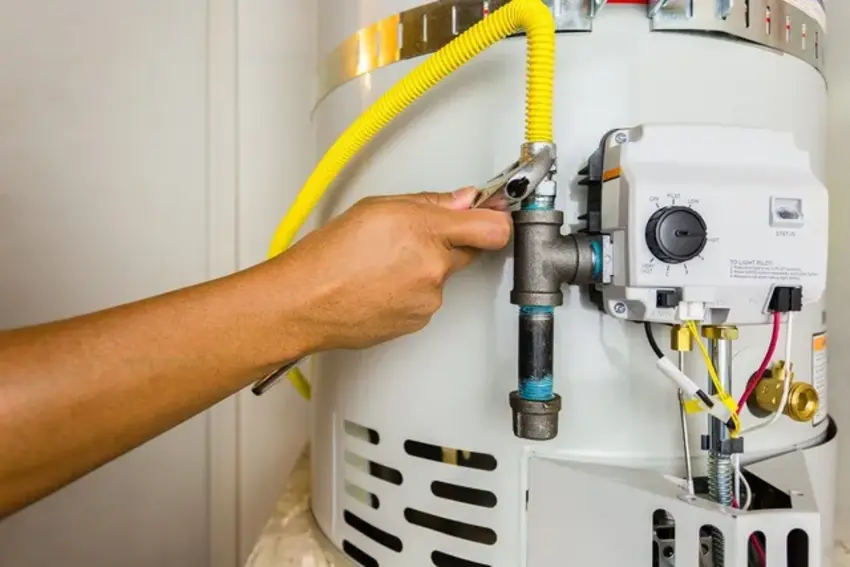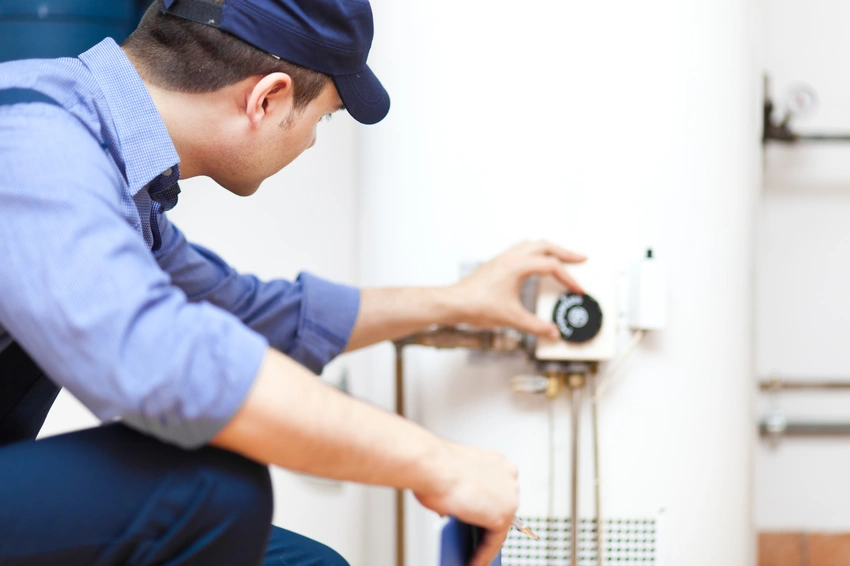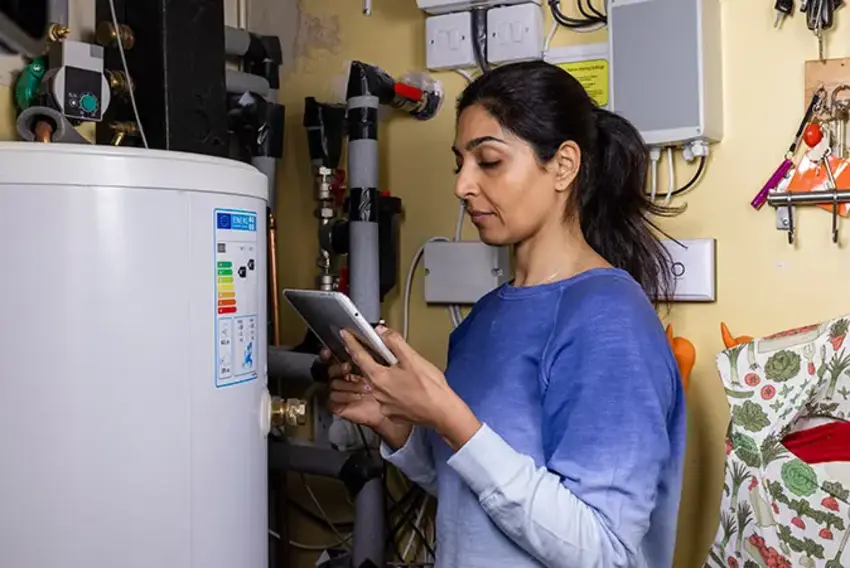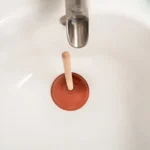Regular water heater maintenance is essential to ensure optimal performance, extend the unit’s lifespan, and prevent costly repairs. Neglecting routine upkeep can lead to sediment buildup, corrosion, and inefficiencies that compromise your water heater’s functionality. By adhering to a consistent maintenance schedule, homeowners can enjoy reliable hot water and avoid unexpected breakdowns. Proper maintenance not only saves on energy costs but also enhances the overall efficiency of the system.

Content
Why Water Heater Maintenance Is Important
Water heater maintenance your water heater offers numerous benefits that help homeowners save money and avoid potential issues:

- Energy Efficiency: Consistent maintenance ensures your water heater works efficiently, reducing energy usage and lowering monthly utility bills.
- Extended Lifespan: Regular inspections and servicing help your unit last longer, delaying the need for costly replacements.
- Reliable Hot Water Supply: Proper upkeep prevents issues such as inconsistent water temperature, ensuring that you always have access to hot water when needed.
- Safety: Routine checks can spot early signs of potential safety hazards, such as leaks or pressure issues, preventing accidents and damages.
Signs Your Water Heater Needs Attention
Recognizing when your water heater needs maintenance can save you from expensive repairs:

- Inconsistent Water Temperature: Fluctuating water temperatures can indicate issues with the thermostat or the presence of sediment buildup in the tank.
- Discolored or Rusty Water: Rusty water typically points to internal corrosion in the tank or a damaged anode rod, signaling the need for maintenance.
- Unusual Noises: If you hear rumbling or popping sounds, it may be due to sediment buildup at the bottom of the tank, which can affect heating efficiency.
- Leaks Around the Unit: Water around the base of the water heater is a clear sign that the unit may be leaking, which could lead to internal damage if left unaddressed.
- Reduced Hot Water Supply: A decrease in hot water output may be caused by a malfunctioning heating element or blockages in the system.
Step-by-Step Water Heater Maintenance Checklist
Here is a comprehensive guide to performing essential maintenance tasks on your water heater:

- Turn Off the Power Supply: Ensure that the power to the water heater is switched off—cut the breaker for electric heaters or set the gas thermostat to “pilot” mode.
- Shut Off the Water Supply: Close the cold water inlet valve to stop water from entering the tank while you are working on it.
- Drain the Tank: Attach a garden hose to the drain valve, leading it to a nearby drain or outside, and empty the tank to remove sediment and debris.
- Flush the System: After draining the water, briefly open the cold water valve to stir up any remaining sediment. Drain the tank again to ensure it’s clear.
- Inspect the Anode Rod: This rod helps prevent corrosion inside the tank. If it’s significantly corroded (less than half an inch thick), it should be replaced to maintain the integrity of your water heater.
- Test the Pressure Relief Valve: Lift the valve’s lever to check that water flows freely. If it’s stuck or not releasing water, it may need to be replaced.
- Refill the Tank: After completing the above steps, close the drain valve, remove the hose, and open the cold water valve to refill the tank.
- Restore Power: Once the tank is full, turn the power back on for electric units or reset the gas thermostat.
Special Considerations for Tankless Water Heaters
Unlike traditional tank heaters, tankless units require specific maintenance steps:
- Descaling: Tankless heaters can accumulate mineral deposits that affect their performance. Using a descaling solution annually can help keep the unit running smoothly.
- Filter Cleaning: The filters in tankless water heaters need to be cleaned or replaced regularly to ensure the system operates efficiently.
- System Flushing: Flushing the system with a vinegar solution once a year helps prevent mineral buildup, particularly in hard water areas.
When to Consider Water Heater Replacement
If your water heater exhibits any of the following signs, it may be time to consider replacing it:
- Age: Traditional water heaters typically last between 8-12 years. Tankless models have a longer lifespan of 15-20 years, but if your unit is nearing the end of its lifespan, it may be more cost-effective to replace it rather than continue making repairs.
- Frequent Repairs: If your water heater needs frequent repairs, it could be a sign that it’s nearing the end of its useful life, and replacement may be the most economical option.
- Rising Energy Bills: A water heater that consumes more energy than it should can contribute to higher energy bills. An inefficient heater may need to be replaced with a more energy-efficient model.
- Persistent Leaks: Ongoing leaks, particularly from the tank itself, can signal irreparable damage. If the tank is leaking, it’s likely time to replace it.
DIY vs. Professional Water Heater Services
While some maintenance tasks can be performed by homeowners, there are instances when professional help is required:
- DIY Maintenance: Homeowners can handle basic tasks such as flushing the tank, inspecting the anode rod, and testing the pressure relief valve.
- Professional Services: Issues such as replacing heating elements, dealing with gas or electrical components, and addressing major leaks or system malfunctions require the expertise of a licensed technician.
Maintenance Frequency & Seasonal Tips
To maintain your water heater in top condition, follow this schedule:
- Monthly: Check the area around your water heater for leaks and ensure that no debris is obstructing airflow or venting.
- Annually: Perform a complete system flush, check the anode rod for corrosion, and test the pressure relief valve.
- Seasonal: Before the colder months, ensure that your water heater is insulated to prevent heat loss. In warmer months, check for signs of overheating.
Conclusion
Regular water heater maintenance is essential for ensuring that your unit runs efficiently and reliably. By following the maintenance checklist, addressing any warning signs promptly, and opting for professional services when needed, you can extend the lifespan of your water heater and avoid unexpected, costly repairs. Not only will this lead to energy savings, but it will also ensure that you always have hot water when you need it.
FAQs About Water Heater Maintenance
Q: How often should I flush my water heater?
A: It’s recommended to flush your water heater at least once a year to prevent sediment buildup and maintain efficiency.
Q: Can I perform maintenance on my water heater myself?
A: Yes, many tasks such as flushing the tank and inspecting the anode rod can be handled by homeowners. For complex issues, however, it’s best to consult a professional.
Q: What temperature should I set my water heater to?
A: Setting your water heater thermostat to 120°F provides an optimal balance between energy efficiency and comfort.
How do I know if my anode rod needs replacement?
If the anode rod is significantly corroded or thinner than ½ inch, it’s time for a replacement.
Is it normal for my water heater to make noise?
Some noise is common, but loud rumbling or popping sounds are usually a sign of sediment buildup inside the tank, which requires maintenance.

Melissa Day is a dedicated home blogger who has been blogging for over six years. She covers everything home related. Melissa also loves writing posts about her travels to Europe with her husband and two children.












